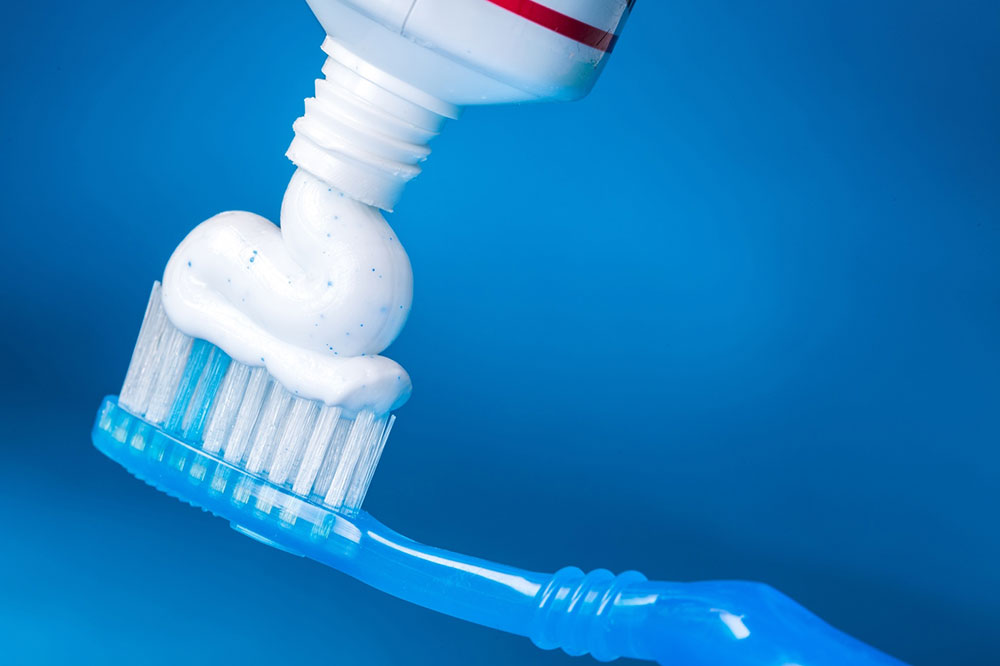Comparing At-Home Teeth Whitening: Strips vs. Whitening Toothpaste
Discover the differences between teeth whitening strips and whitening toothpaste to find the best option for your smile. This guide explains how each product works, their benefits, and tips for safe use. Learn how to achieve brighter teeth with easy, effective at-home solutions suitable for everyday use and minor stains. Make informed choices to enhance your smile safely and affordably.

Choosing the Right Teeth Whitening Products: Strips or Toothpaste
A bright, radiant smile is a common beauty goal. For minor stains, many prefer convenient, over-the-counter options over costly dental whitening procedures. While professional treatments provide uniform and safer results, their high cost and insurance limitations lead consumers to opt for everyday products like whitening toothpaste and whitening strips.
This article explores how these popular OTC products work and helps you determine which suits your whitening needs best.
Understanding each method's mechanism is crucial.
Whitening toothpaste:
Formulated with mild abrasives and chemical agents, whitening toothpaste helps remove surface stains and polish teeth. Some contain blue covarine that creates an optical illusion to instantly mask yellowing. Since most do not include bleaching agents like hydrogen peroxide, they mainly brighten teeth by one or two shades, making them a safe, easy option. It's important to select ADA-approved products to ensure safety and effectiveness. While they effectively deal with stain-causing substances like coffee or tea, aggressive brushing can damage enamel. Besides whitening, these toothpastes can also strengthen teeth and prevent cavities.
Whitening strips:
Thin, nearly invisible strips coated with peroxide-based gels penetrate enamel deeply to lift stains beneath the surface. They show results within days and maintain whiteness for several months. Proper application is vital to avoid side effects. Advanced formulas can dramatically whiten teeth in a day, and most are comfortable to wear, allowing normal speech and hydration. Overuse or improper use may cause tooth sensitivity or enamel damage, so caution is recommended. Sensitivity indicates peroxide has reached nerve endings—consult a dentist if issues persist.
Ultimately, selecting between whitening toothpaste and strips depends on individual preferences. Toothpaste offers a simple, safe surface stain solution, while strips provide more profound whitening with careful handling.
Popular family whitening toothpastes include:
Crest 3D White Luxe Glamorous White
Sensodyne Pronamel Gentle Whitening
Tom’s of Maine Simply White
Colgate Optic White


